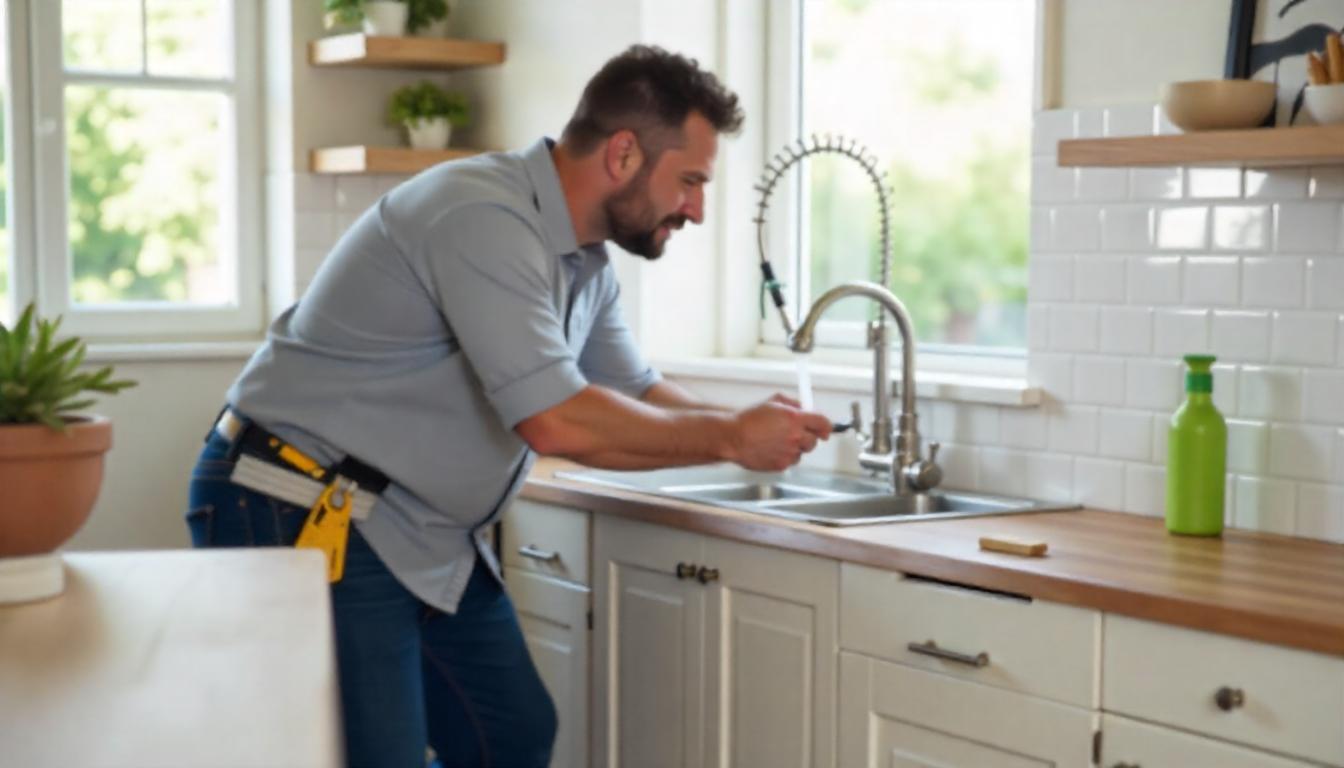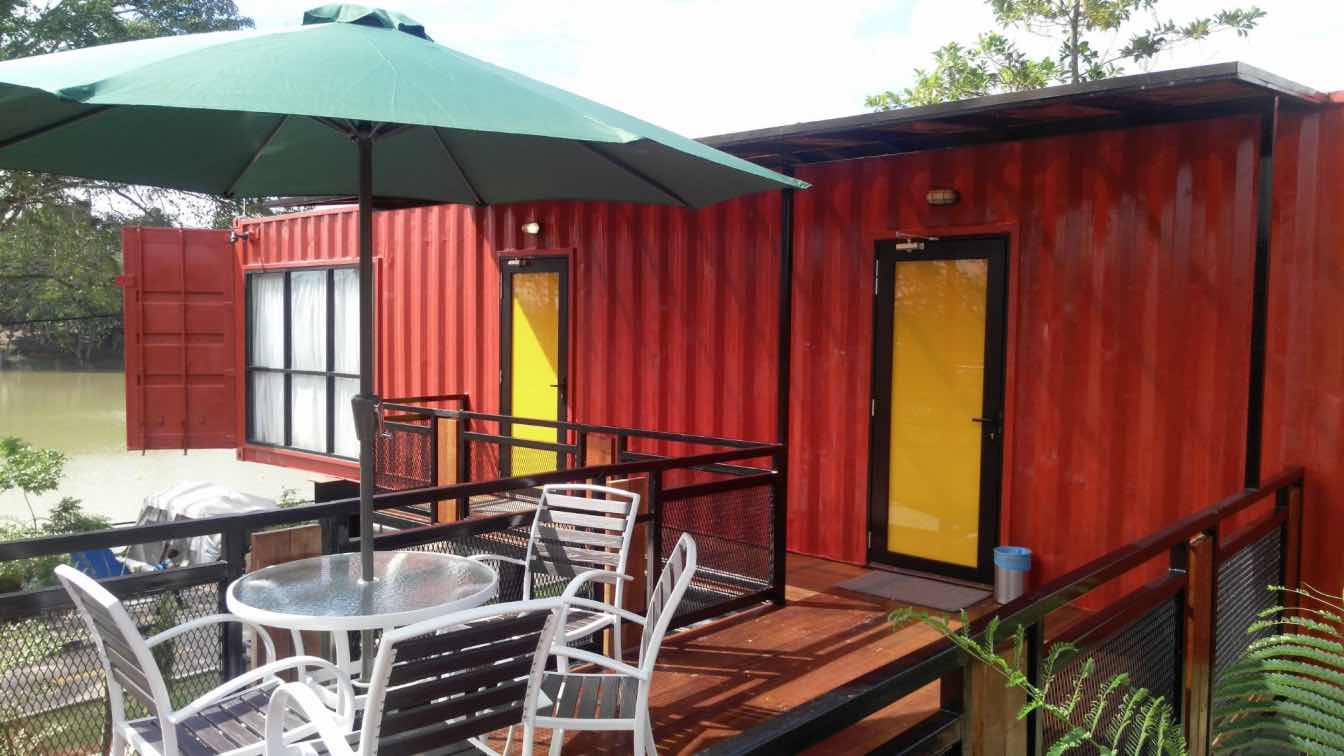Hello, homeowner! If there's anything that can spoil your day, it's discovering a plumbing leak. These leaks can cause water damage, mould development, and rising water bills, but there's no need to worry! With a little know-how, you can identify and address these pesky leaks early, saving you from bigger headaches. Let's dive in!
Signs of a Plumbing Leak
Unexplained Water Bills
Have you observed an increase in your water bill despite maintaining consistent usage? This may be a sign of a concealed leak in your plumbing system. Sometimes, a small leak can significantly increase your water consumption, and you might not even know it. Keep an eye on those monthly statements; if you spot a sudden spike, it's time to investigate!
Water Stains on Walls or Ceilings
Yellow or brown spots and damp areas on your walls or ceilings might suggest the presence of a hidden leak. If not addressed promptly, these discolorations can result in more serious issues. If you see these stains, trace them back to their source. They may originate from a pipe hidden behind drywall or a roof leak. Regularly checking these areas, especially after heavy rain, can help you catch leaks early.
Damp or Soft Spots on Floors
If you find spots on your floor that feel wet or soft, it may indicate a leak below. Soft spots indicate water seeping into your flooring material, which could eventually lead to mould growth and structural damage. Don't ignore these signs! If you have carpet, look for areas that seem unusually wet or discoloured. Check around tubs and showers in bathrooms, where water often escapes unnoticed.
Mold and Mildew
If you notice mould or mildew in places where it shouldn't be, like bathrooms or basements, it could be a sign that a leak is causing the excess moisture. Mould can pose serious health risks, so it's crucial to promptly address the leak and mould. Make sure to ventilate the affected areas and consider using dehumidifiers to control moisture levels in your home, particularly in damp areas.
Sound of Running Water
Pay attention! You might have a leak if you hear water running when none of the faucets are turned on. This could be coming from pipes within the walls or under the floor. Sometimes, the sound may be faint, so it helps to walk around your home quietly and pay attention. If you suspect a leak, you can inspect your water meter for signs. First, turn off all water sources in your home and observe the meter; if it keeps moving, it's likely that there's a leak somewhere in your plumbing system.
Types of Leaks
Visible Leaks
These are the easiest to spot, like dripping faucets or leaking toilets. If you see it, you can often fix it! Visible leaks are generally less severe than hidden leaks, but they still need to be addressed. Ignoring them can lead to wasted water and increased bills, so it is wise to address these issues as soon as possible.
Hidden Leaks
These leaks are often elusive and can happen behind walls, beneath floors, or in crawl spaces. They require a bit more investigation to identify. Hidden leaks may take time to detect, but be vigilant! Consistently inspect your home for any signs of damage that may point to a concealed leak. Investing in routine plumbing inspections can assist you in identifying these leaks before they lead to major issues.
Dealing with Plumbing Leaks
Turn Off the Water Supply
If you discover a leak, the initial step is to turn off the water supply to prevent further damage. The shut-off valve is usually found near the main water line. Knowing the location of your shut-off valve is crucial—it's your first line of defence in case of a plumbing emergency!
Assess the Situation
Take a closer look at the leak. Is it something simple like a worn washer in a faucet, or does it seem more serious? If it's a minor issue, you may be able to fix it yourself. However, it's crucial to understand the complete extent of the problem. For example, a small drip may be an easy fix, but a gushing pipe requires immediate attention and potentially professional help.
DIY Fixes for Small Leaks
Dripping Faucets: Replace washers or O-rings. It's an easy solution that can help you conserve a significant amount of water!
Leaking Toilets: Check the flapper valve and replace it if worn. A running toilet can waste a surprising amount of water.
Pipes: Use plumber's tape or sealant for small leaks in visible pipes. This can be a temporary fix until you can call in a professional.
Know When to Call a Professional
If the leak is substantial or hidden, or if you're unsure how to resolve it, it's best to reach out to a professional plumber. They possess the necessary tools and expertise to properly diagnose and fix the problem. It's wise to be cautious, particularly when dealing with plumbing issues.
Additionally, consider using a moisture meter.
Use a Moisture Meter
If you think there might be a concealed leak but are unable to identify its source, consider utilizing a moisture meter. This handy tool can help you detect moisture levels in walls and floors, giving you a better idea of where to investigate further. It's a valuable investment if you frequently deal with plumbing issues or live in an older home.
Schedule Regular Inspections with Plumbers
Regular maintenance can lead to cost savings in the long run. Arrange for regular inspections with experienced plumbers to keep your plumbing system in optimal condition and identify any potential problems before they develop into leaks. During these inspections, a plumber can check for worn-out parts, assess water pressure, and provide recommendations for upgrades or repairs.
Keep an Eye on Your Appliances
Don't forget about the appliances connected to your plumbing system! Frequently inspect the hoses and connections of your washing machines, dishwashers, and refrigerators for any signs of damage or wear. Identifying issues early can help avoid major leaks. Also, ensure that appliance hoses are not kinked or pinched, as this can lead to undue stress and potential leaks.
Learn About Your Plumbing System
Be sure to get to know your plumbing system well. Knowing the layout of your pipes, where shut-off valves are located, and how your appliances are connected can empower you to act quickly in case of a leak. Getting acquainted with these specifics can be crucial when it comes to addressing a plumbing problem.
Conclusion
By keeping an eye out for the signs of plumbing leaks and knowing how to respond, you can save yourself a lot of trouble and expense. Remember, early detection is key! So, be proactive, stay informed, and don't hesitate to reach out to a professional if you ever feel overwhelmed. Ultimately, having some knowledge can greatly help safeguard your home against the dangers of plumbing leaks. Wishing you success with your plumbing!





